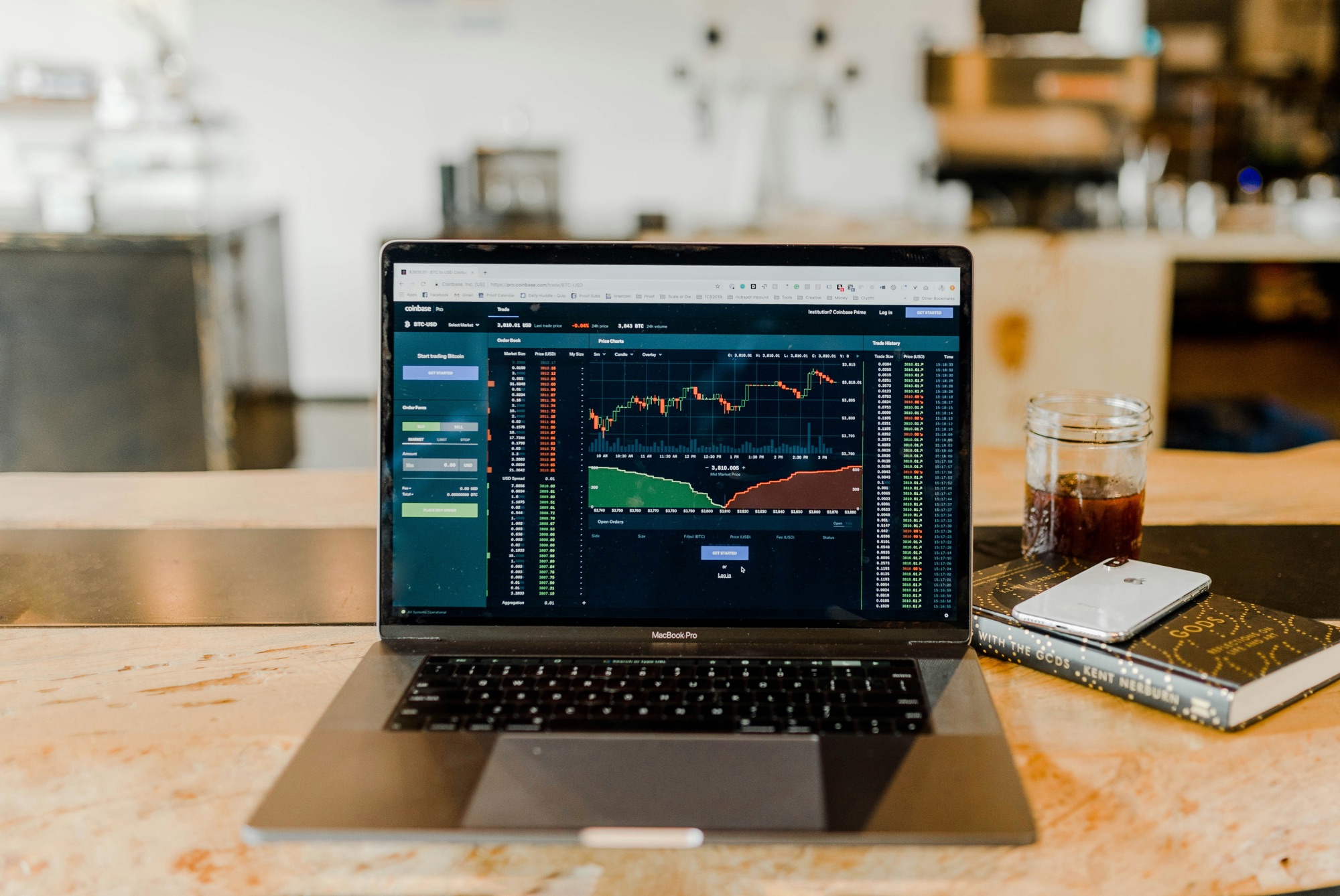Understanding how stock prices are calculated live involves diving into the intricacies of financial markets, trading mechanisms, and the technological infrastructure that supports real-time data processing. This exploration reveals the fundamental concepts and advanced systems that determine the second-by-second price changes of stocks in live markets.
Understanding the Basics of Stock Pricing
The Role of Supply and Demand
The foundational concept behind live stock pricing is the economic principle of supply and demand. Imagine walking into a bustling marketplace where everyone is shouting out prices, trying to buy or sell goods. Now, replace those goods with shares of companies. If more investors want to buy a stock (demand) than sell it (supply), the price will rise. Conversely, if more want to sell than buy, the price will fall. The immediate price of a stock at any given time reflects the latest price agreed upon by buyers and sellers. An excellent example of this is during earnings reports; positive results can drive demand and push prices up as more investors rush to buy.
Market Makers and Their Impact
Market makers play a crucial role in stock pricing. These are typically large financial services firms providing liquidity to the markets by buying and selling stocks continuously. By ensuring there are always buyers and sellers, market makers help stabilize prices and narrow the bid-ask spread, which is the difference between the highest price a buyer is willing to pay (bid) and the lowest price a seller is willing to accept (ask). Let’s say you’re trying to buy a stock at $100, but the lowest selling price is $102. A market maker might step in to sell to you at $101, helping transactions flow smoothly.
How Stock Prices Are Calculated Live
The Trading Process
Live stock prices are determined through the continuous trading that occurs on stock exchanges like the New York Stock Exchange (NYSE) or the NASDAQ. These exchanges operate on an auction principle where buyers submit bids, and sellers submit asks. The price of a stock adjusts in real-time as these bids and asks are matched. For instance, if a major investor places a large buy order, it could drive up the price as the order gets filled at progressively higher prices.
Electronic Trading and Algorithms
In modern markets, most trading is conducted electronically, which allows for immediate processing of large volumes of trades. Algorithmic trading systems can execute orders based on pre-set criteria at speeds and volumes far beyond human traders. These algorithms also adjust prices based on new market information as it becomes available, contributing to the live calculation of stock prices. A practical tip for individual investors is to use limit orders instead of market orders to control the price at which their trades are executed, especially in volatile markets.
The Opening and Closing Auctions
Stock prices are notably volatile at the beginning and the end of the trading day, influenced by the opening and closing auctions. These auctions gather and match all buy and sell orders at a single point in time to set the opening and closing prices. These prices are often used as benchmarks by market participants. For example, many mutual funds value their holdings based on the closing prices to determine the day’s net asset value (NAV).
Advanced Influences on Stock Prices
Economic Indicators
Stock prices are sensitive to changes in economic indicators such as employment rates, GDP growth, and inflation. These indicators influence investor expectations about the future profitability of companies, thus impacting stock prices. For instance, a rise in unemployment might lead to a drop in consumer spending, affecting retail sector stocks negatively.
Geopolitical Events and Market Sentiment
Events such as political instability, economic sanctions, and global incidents can cause significant volatility in stock prices. Additionally, the overall sentiment or confidence of market participants, driven by news and social media, can cause swift changes in stock prices. A notable example is the Brexit referendum, which led to immediate and substantial market reactions worldwide.
High-Frequency Trading (HFT)
High-frequency trading firms use sophisticated algorithms to move in and out of positions in fractions of a second. HFT can have a substantial impact on stock prices, as these firms capitalize on very small price differences and can amplify price movements during volatile periods. The infamous Flash Crash of 2010 is a prime example of how HFT can lead to a rapid and significant market downturn, albeit temporarily.
The Role of Technology in Live Stock Pricing
Trading Platforms and Infrastructure
Modern trading platforms are the backbone of live stock pricing. These platforms, equipped with powerful servers and high-speed internet connections, process thousands of trades per second. Companies like NASDAQ use cutting-edge technology to ensure that their systems can handle the massive volume of trades and data flow without hiccups. Investors should ensure their own trading platforms are reliable and offer real-time data to avoid costly delays.
Data Feeds and Real-Time Information
Data feeds from exchanges provide the raw data necessary for calculating live stock prices. These feeds include bid and ask prices, trade volumes, and other critical market information. For individual investors, subscribing to a high-quality data feed can provide a competitive edge by allowing them to make informed decisions based on the most current information.
Common Mistakes in Understanding Stock Prices
Misinterpreting Market Movements
One common mistake is misinterpreting short-term market movements as indicative of long-term trends. Stock prices fluctuate for various reasons, and not every movement is meaningful in the grand scheme. Investors should avoid making hasty decisions based on temporary market noise.
Ignoring Broader Economic Context
Another mistake is focusing solely on individual stock performance without considering the broader economic context. A stock might appear to be performing well, but if the overall market or economy is in decline, that performance might not be sustainable. Keeping an eye on indices like the S&P 500 can provide valuable context for individual stock movements.
Practical Tips for Navigating Live Stock Pricing
Use Limit Orders
As mentioned earlier, using limit orders instead of market orders can help control the price at which trades are executed. This is particularly important during periods of high volatility when prices can swing dramatically in a short span.
Stay Informed
Staying informed about both company-specific news and broader market trends is crucial. This includes monitoring earnings reports, industry developments, and economic indicators. Tools like financial news apps and market analysis platforms can provide timely insights.
Diversify Your Portfolio
Diversification remains one of the most effective strategies to mitigate risk. By spreading investments across various sectors and asset types, investors can reduce the impact of adverse price movements in any single stock.
Regularly Review Your Investments
Regularly reviewing your investment portfolio ensures that it aligns with your financial goals and risk tolerance. Market conditions change, and what was a good investment yesterday might not be the same tomorrow.
Keep Emotions in Check
Emotional reactions can lead to poor investment decisions. It’s important to remain rational and avoid buying into hype or panic selling. Developing a well-thought-out investment strategy and sticking to it can help maintain discipline.
Case Studies: Real-World Examples
The Dot-Com Bubble
The late 1990s saw stock prices of tech companies soar due to speculative investments, despite many lacking solid business models. When the bubble burst, prices plummeted, highlighting the dangers of speculative investing and the importance of fundamental analysis.
The 2008 Financial Crisis
The 2008 crisis led to a dramatic decline in stock prices worldwide. This period underscored the interconnectedness of global markets and the impact of financial institutions’ health on stock pricing. It also demonstrated the importance of monitoring economic indicators and understanding macroeconomic risks.
COVID-19 Pandemic
The COVID-19 pandemic led to unprecedented volatility in stock markets. Initial drops were followed by a swift recovery, driven by fiscal stimulus and changes in consumer behavior. This period exemplifies how external shocks can disrupt markets and the rapid adaptability required from investors.
By understanding these elements and learning from past events, one can enhance their perspective on the financial markets and make more informed investment decisions. The intricate dance of supply and demand, technological advancements, and human psychology all play a role in the dynamic pricing of stocks, creating both opportunities and challenges for investors.




